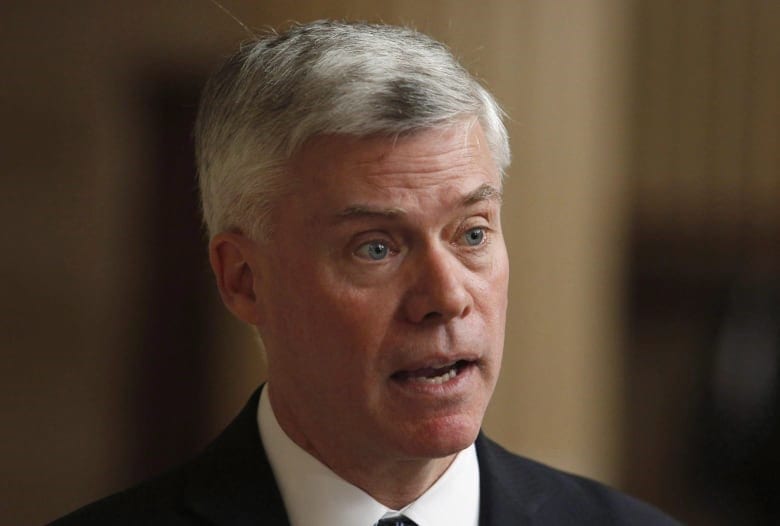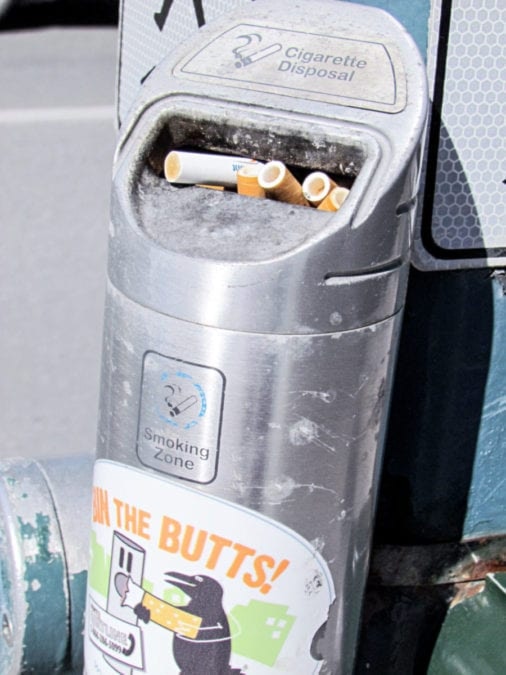The number of smokers per capita in the NWT remains more than double the national average and stubbornly so, something that should worry policymakers within the territorial government, according to the Canadian Cancer Society.
Rob Cunningham, senior policy analyst with the society, said although there are some signs of progress, smoking rates remain far too high in the NWT.

photo courtesy of Rob Cunningham
"My general comments are that the smoking prevalence rate is 35 per cent when Canada-wide it is 15 per cent," Cunningham said.
"So the NWT is more than double the Canadian smoking prevalence rate and we are very concerned by that."
The rates are drawn from the Canadian Community Health Survey and were last updated in 2017-18, Cunningham said. But the figures show that there is a long way to go for the territory in lowering tobacco use.
He pointed out that in 2001, the rate was at 47 per cent, so some improvements have been made.
But the progress over 20 years is not nearly enough when considering that tobacco remains the leading cause of preventable death in Canada, causing 48,000 deaths nationally each year due to cigarette smoking.
Additionally, 30 per cent of all cancer deaths are related to cigarette smoking, Cunningham added.
"There has been some progress," he said. "The NWT recently did bring in some updated legislation but there is so much more that can be done."
Nonetheless, out of all provinces and territories, the Northwest Territories remains second-last in the country when it comes to smoking rates – only behind Nunavut.
Broadly speaking, the GNWT needs to attack the problem through a "comprehensive strategy" that would involve taxation, legislation and enhanced cessation-type programming, Cunningham recommended.
An increase in the age limit to purchase cigarettes to 21 years of age, which has been done in Prince Edward Island, would be a worthwhile step, he said.
"The thing is that there is evidence that (raising the age limit will) reduce smoking and that makes sense because if the minimum age is 19 and you’re 17 or 18, there is a greater chance you will know someone who will get you cigarettes," he said. "If you push that age limit to 21 it is harder and will make a big difference on smoking rates."
Another step would be to ban flavoured e-cigarettes, Cunningham said. The Canadian Cancer Society made a submission in December to the GNWT's proposal to ban flavoured cigarettes.
"We supported that proposal and, in fact, strongly supported it," said Cunningham. "We believe the GNWT is right that the key thing it can do is ban flavoured cigarettes."
Vaping, which is increasingly becoming "cool" among teens, is being marketed in the traditional ways that tobacco companies have always appealed to young people to get them addicted, said Cunningham.
"The sooner the GNWT adopts a regulation, the sooner we will be able to protect kids from the marketing strategies of the tobacco companies," he said.

